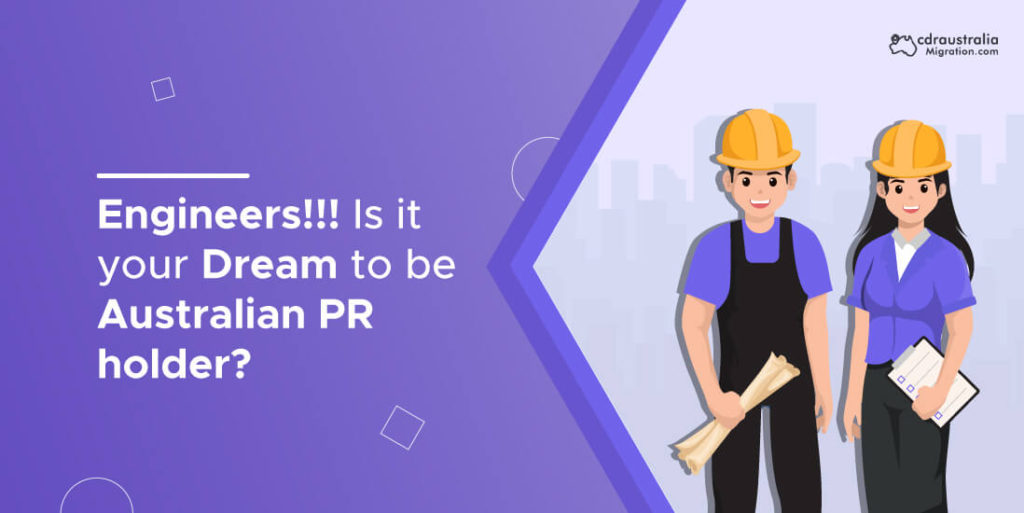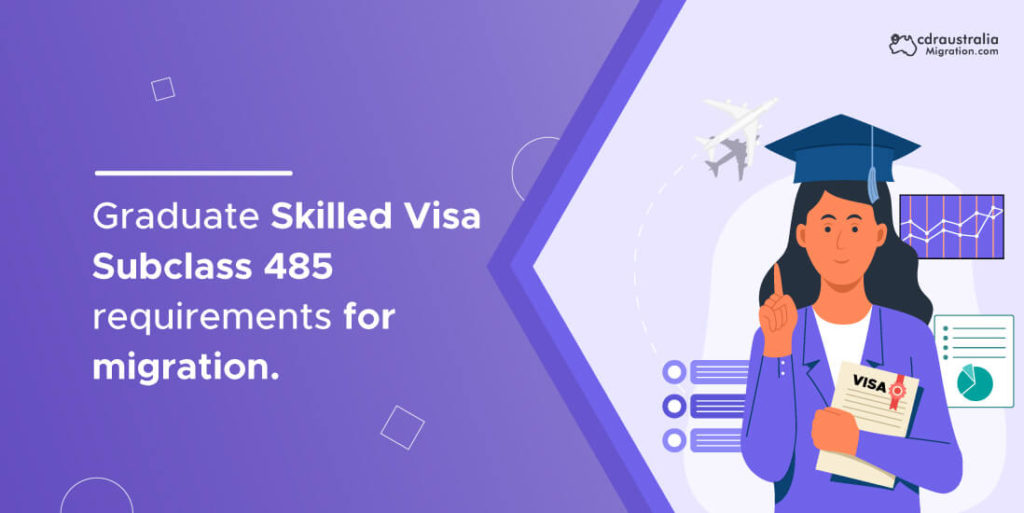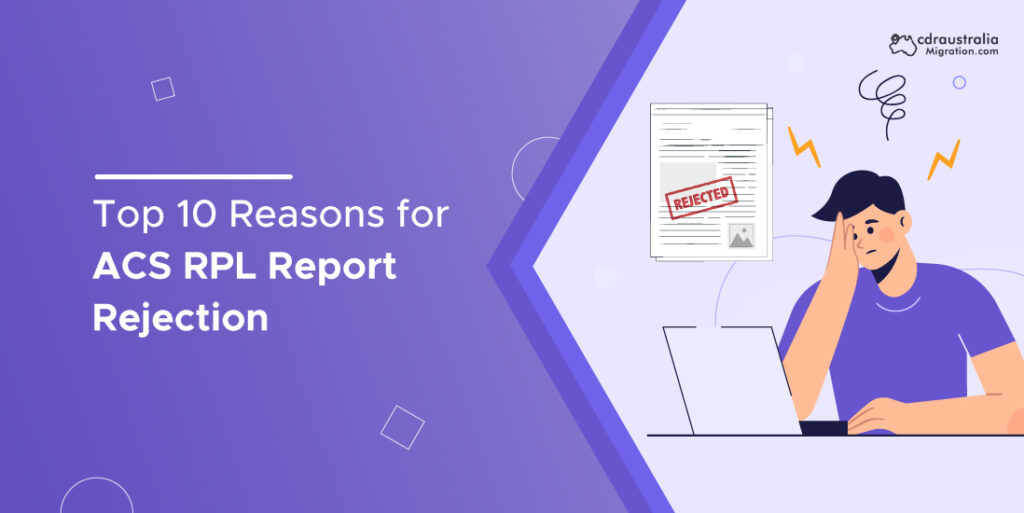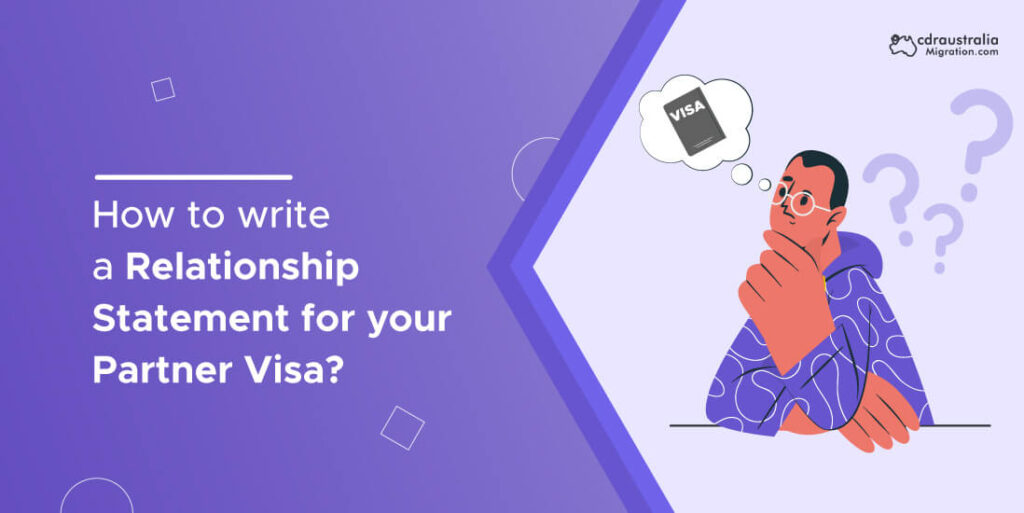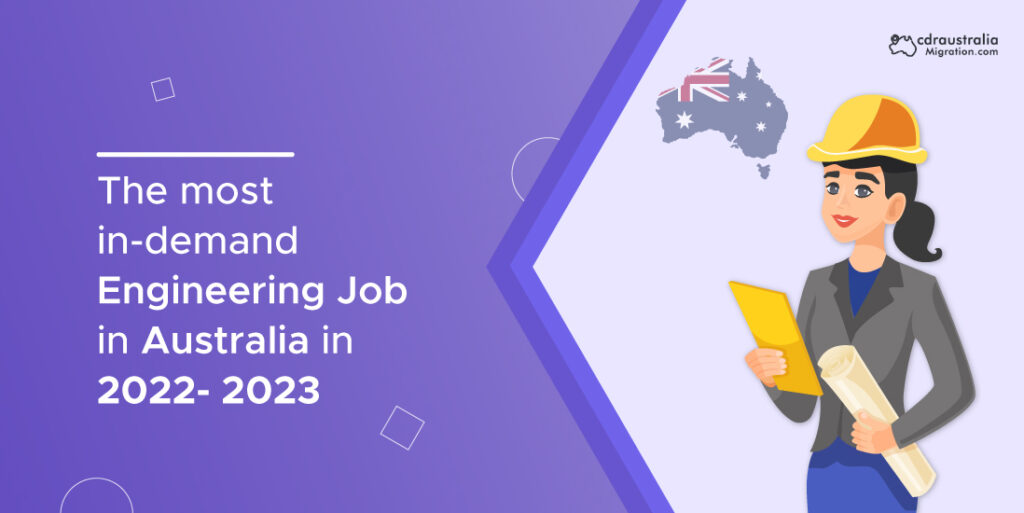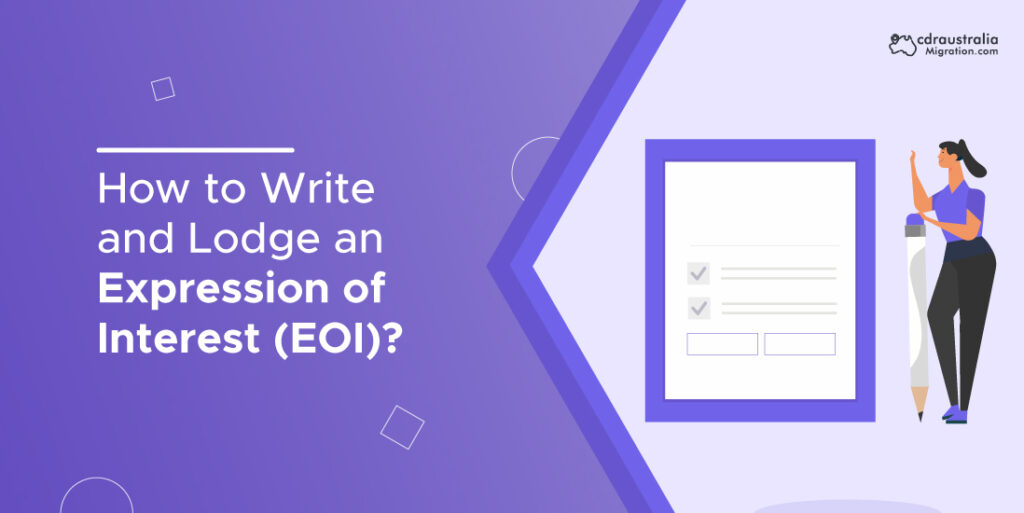Are you seeking a job that is the most in-demand engineering job in Australia in 2025? If you have any engineering experience, you can find a job in Australia. There are plenty of job listings available, so it is important to know what the most in-demand and highest-paying jobs are. In this blog, you will explore Australia’s most sought-after engineering positions in 2025 and what qualifications are required to secure the best opportunities. By reviewing the list, you can understand which engineering jobs will be the most in-demand engineering jobs in Australia over the next few years. 😀😀 Calculate Your PR point here: PR point calculation for Australia Migration Lists of Most in-demand Engineering Jobs in Australia in 2025 are: 1. Mechanical Engineer: Mechanical Engineers (ANZSCO 233512) are responsible for designing, developing, manufacturing, and testing machines and systems that use mechanical energy to transform, move, or perform work. They are involved in many different areas of engineering, such as aerospace, automotive, biomedical, construction, medical, computer, and electronics. Mechanical engineers are expected to be able to design and build a wide range of equipment, including engines, cars, computers, and many other devices. That is why it will be among Australia’s most in-demand engineering jobs in 2025. Their main role is to design, develop, manufacture, and test machines and systems that use mechanical energy. Involved in aerospace, automotive, biomedical, construction, medical, computer, and electronics sectors. So, a comprehensive Competency Demonstration Report (CDR) showcasing your engineering projects and skills can significantly enhance your job prospects. Average starting salary: $82,000 Average mid-level salary: $92,000 Average expert salary: $127,000 2. Automation and Robotics Engineer: An automation and robotics engineer designs robots and automation systems and uses them in manufacturing, industry, and research. They design systems that help automate a process or manufacturing line and robots that help with assembly, inspection, and maintenance. Automation engineers are employed in various industries such as aerospace, automotive, food processing, and chemical. Their main role is to design robots and automation systems for manufacturing, industry, and research. Work in the aerospace, automotive, food processing, and chemical industries. So, highlighting your Continuing Professional Development (CPD) activities in your CDR report can demonstrate your commitment to staying updated with the latest advancements. Average starting salary: $77,000 Average mid-level salary: $92,000 Average expert salary: $99,000 📚📚 Read More: Graduate Skilled Visa Subclass 485 3. Project Engineer: Project engineers are responsible for the management of a project. They are the ones who are in charge of managing the project from start to finish and making sure that the project is completed successfully. Project engineers usually work with the project team to ensure that all the tasks required for the project are completed on time and according to plan. Their main role is to manage projects from start to finish, ensuring completion on time and within budget. Work with teams to complete tasks and monitor project progress. For this, a well-documented Career Episode (CE) can showcase your project management skills and successful project completions. Average starting salary: $71,000 Average mid-level salary: $89,000 Average expert salary: $100,000 They also oversee the project’s progress, monitor deadlines, and make sure that all resources are utilised efficiently. 4. Mining Engineer: Mining engineers are responsible for extracting minerals and metals from the earth. They have a wide range of skills that allow them to work on different kinds of mining sites, including surface mines, underground mines, and open-pit mines. Mining engineers are also responsible for designing and building equipment such as loaders and drills. Mining engineers are typically employed in large mines that produce metals such as copper, gold, silver, platinum, or iron. For this, you need to demonstrate your technical skills and field experience in your Summary Statement (SS) can set you apart from other candidates. Average starting salary: $68,000 Average mid-level Salary: $89,000 Average expert salary: $109,000 5. Electrical Engineer: Electrical engineering is among the most demanded engineering jobs in Australia. Electrical engineers can design, build, and maintain electrical systems in homes, buildings, and machines. They design and install electrical wiring, power distribution systems, and electrical devices. They also test and maintain equipment to ensure that it is working properly. Electrical engineers need to be able to read and understand schematics, use hand tools, and use measuring instruments such as voltmeters and ammeters. So, including detailed descriptions of your engineering problems and solutions in your Career Episodes can highlight your problem-solving abilities. Average starting salary: $67,000 Average mid-level salary: $82,000 Average expert salary: $96,000 6. Alternative Energy Engineer: Alternative energy engineers are in charge of designing and implementing new technologies that use alternative sources of energy, such as solar, wind, geothermal, and tidal power. Alternative energy engineers are in charge of the design and installation of alternative energy sources such as solar panels, wind turbines, and hydroelectric plants. They also research new energy sources to determine if they are cost-effective and feasible. So, documenting your innovative projects in your CDR can showcase your ability to contribute to sustainable engineering solutions. Average starting salary: $65,000 Average mid-level salary: $82,000 Average expert salary: $91,000 7. Civil Engineer: A civil engineer is a person who specialises in the design, construction, and maintenance of infrastructure, including buildings, roads, bridges, canals, dams, water, and wastewater systems. They work in different areas of engineering, such as structural engineering, environmental engineering, water resources management, and transportation engineering. Therefore, it is among the most in-demand engineering jobs in Australia. Since their main role includes designing, constructing, and maintaining infrastructure such as buildings, roads, bridges, canals, dams, and water systems, they specialize in structural, environmental, water resources, and transportation engineering. Providing examples of your complex engineering tasks in your Career Episodes can demonstrate your expertise in various civil engineering disciplines. Average starting salary: $59,000 Average mid-level salary: $72,000 Average expert salary: $96,000 8. Software Engineer: Software engineering techniques inform the software development process, including defining, implementing, evaluating, measuring, managing, changing, and improving the software life cycle process itself. Detailing your software development projects and technical competencies in


